
This publication is designed to provide accurate and authoritative information regarding the subject matter covered. It is sold with the understanding that neither the publisher nor the author is engaged in rendering legal or other professional service. If legal advice or other expert assistance is required, the services of a competent, licensed professional should be sought. The federal and state laws discussed in this book are subject to frequent revision and interpretation by amendments or judicial revisions that may significantly affect employer or employee rights and obligations. Readers are encouraged to seek legal counsel regarding specific policies and practices in their organizations.
This book is published by the Society for Human Resource Management (SHRM). The interpretations, conclusions, and recommendations in this book are those of the authors and do not necessarily represent those of the publishers.
Copyright 2009 Phillips, Gully, and Associates. All rights reserved.
This publication may not be reproduced, stored in a retrieval system, or transmitted in whole or in part, in any form or by any means, electronic, mechanical, photocopying, recording, or otherwise, without the prior written permission of the Society for Human Resource Management, 1800 Duke Street, Alexandria, VA 22314.
The Society for Human Resource Management (SHRM) is the worlds largest association devoted to human resource management. Representing more than 250,000 members in over 140 countries, the Society serves the needs of HR professionals and advances the interests of the HR profession. Founded in 1948, SHRM has more than 575 affiliated chapters within the United States and subsidiary offices in China and India. Visit SHRM Online at www.shrm.org.
Library of Congress Cataloging-in-Publication Data
Phillips, Jean, 1969
Staffing forecasting and planning / Jean M. Phillips, Stanley M. Gully
p. cm. (Staffing strategically series)
Includes bibliographical references and index.
ISBN 978-1-58644-158-6
1. Personnel management. 2. Employment forecasting. 3. Manpower planning. 4. Strategic planning. I. Gully, Stanley Morris. II. Title.
HF5549.P4596 2009
658.301dc22
2009030885
10 9 8 7 6 5 4 3 2 1
09-0476
Staffing Strategically Series
A SSESSING E XTERNAL J OB C ANDIDATES
A SSESSING I NTERNAL J OB C ANDIDATES
T HE L EGAL C ONTEXT OF S TAFFING
S TAFFING F ORECASTING AND P LANNING
S TAFFING TO S UPPORT B USINESS S TRATEGY
Contents
Introduction
W orkforce planning is the foundation of strategic staffing because it identifies and addresses current and future challenges to a firms ability to get the right talent in place at the right time. Forecasting and planning can increase an organizations ability to improve its capabilities, reduce its costs, and survive any economic environment. Talent and its acquisition are investments, not costs. By enabling the firm to acquire and retain the talent it will need to execute its business strategy, staffing planning is essential to a firms ultimate strategic execution and financial performance. Forecasting and staffing planning ensures that the right talent will be in place at the right time, and enhances the return on the firms investment in its talent.
Despite the clear advantages of forecasting and planning, for many organizations, staffing is usually reactive and geared toward filling an open position. To maximize a firms chances to hire the right people, and to compete successfully in a competitive global-talent arena, staffing must be strategic and proactive. Jim Robbins, president and CEO of Cox Communications, puts it this way: We spend four months per year on the budget process, but we hardly spend any time talking about our talent, our strengths and how to leverage them, our talent needs and how to build them. Everyone is held accountable for their budget. But no one is held accountable for the strength of their talent pool. Isnt it the talent we have in each unit that drives our results? Arent we missing something?
It is widely predicted that organizations will face a challenging labor situation for many jobs in the coming years due to projected Baby Boomer retirements and lower birth and immigration rates. As a result, some organizations may be unable to staff current operations or to expand. The competition for good employees is particularly fierce for smaller companies that, despite providing the majority of new jobs may have a more difficult time hiring in general. Forecasting and planning lets firms better manage both talent shortages and surpluses. By understanding business cycles, business needs, current talent in the firm, and pipelines of future talent, human resources can proactively reduce the impact of talent competition, instead of just reacting when talent surpluses or shortages occur.
The availability of the talent needed to execute a desired business strategy will influence whether that strategy is ultimately successful. If a company does not currently have, or if it cannot obtain the talent it needs to execute its diversification strategy, it is unlikely to succeed. Similarly, a manufacturing organization that cant hire the workers it needs to execute its labor-intensive strategy may be forced to change its business strategy, adopt slower growth goals, or manufacture a different product requiring more readily available skills. A shortage of skilled labor may even require large investments of capital to automate the manufacturing processes to reduce the organizations need for skilled labor. In labor-intensive organizations such as health care, care may be denied, hospital beds may be closed, and limited opportunities for outpatient care could occur without the needed professional and technical staff. Internal and external forecasting and planning enhance an organizations ability to match its staffing practices to its strategic needs. Table 1 summarizes some common goals addressed by staffing forecasting and planning.
| Table 1. Common Goals of Staffing Forecasting and Planning |
- Maintain a flexible workforce;
- Increase productivity;
- Increase the companys return on its talent investment;
- Identify coming changes in business demand;
- Identify coming changes in the supply of talent;
- Develop employees capabilities and prepare them for other roles in the company;
- Retain key talent;
- Enhance strategic execution and improve the companys competitive advantage; and
- Reduce overtime expenses or temporary agency costs that arise from vacant positions.
|
In this book, we discuss the importance of understanding the organizations business strategy, goals, and competitive environment to identify what talents the firm will need. Ensuring that the right people are in place at the right time requires understanding and forecasting the firms labor demand and maintaining an awareness of relevant pipelines of labor supply and talent. Action plans can then be developed to address any gaps between labor supply and labor demand. After reading this book, you will have a good understanding of the workforce forecasting and planning process.
The Workforce Planning Process
W orkforce planning is the process of predicting an organizations future employment needs, as well as the availability of current employees and external hires to meet those employment needs, develop talent capabilities, and execute the organizations business strategy. The workforce planning process typically includes five steps:
Next page
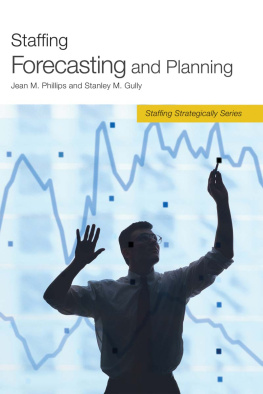

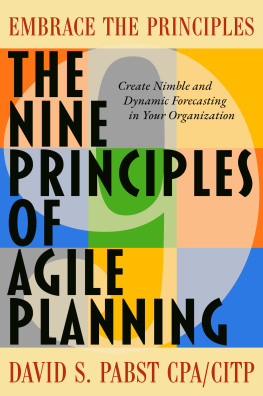

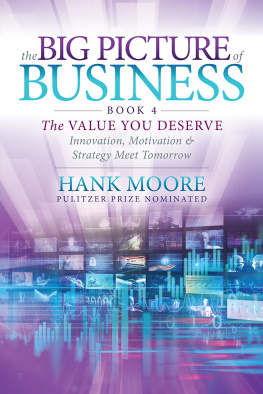
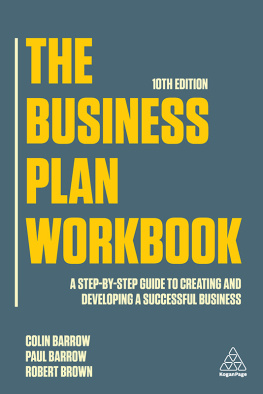
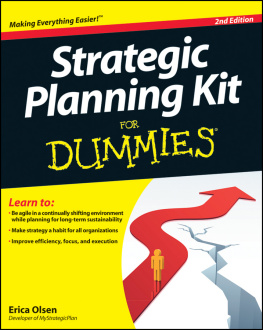
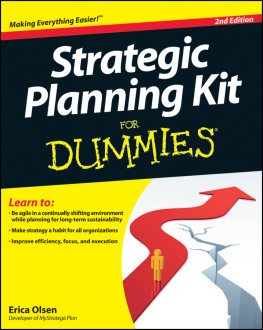
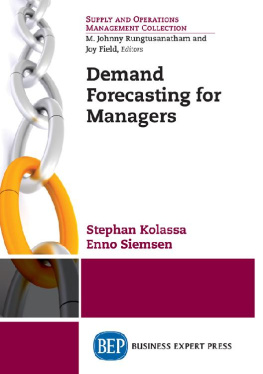
![Galit Shmueli - Practical Time Series Forecasting: A Hands-On Guide [2nd Edition]](/uploads/posts/book/82184/thumbs/galit-shmueli-practical-time-series-forecasting.jpg)
